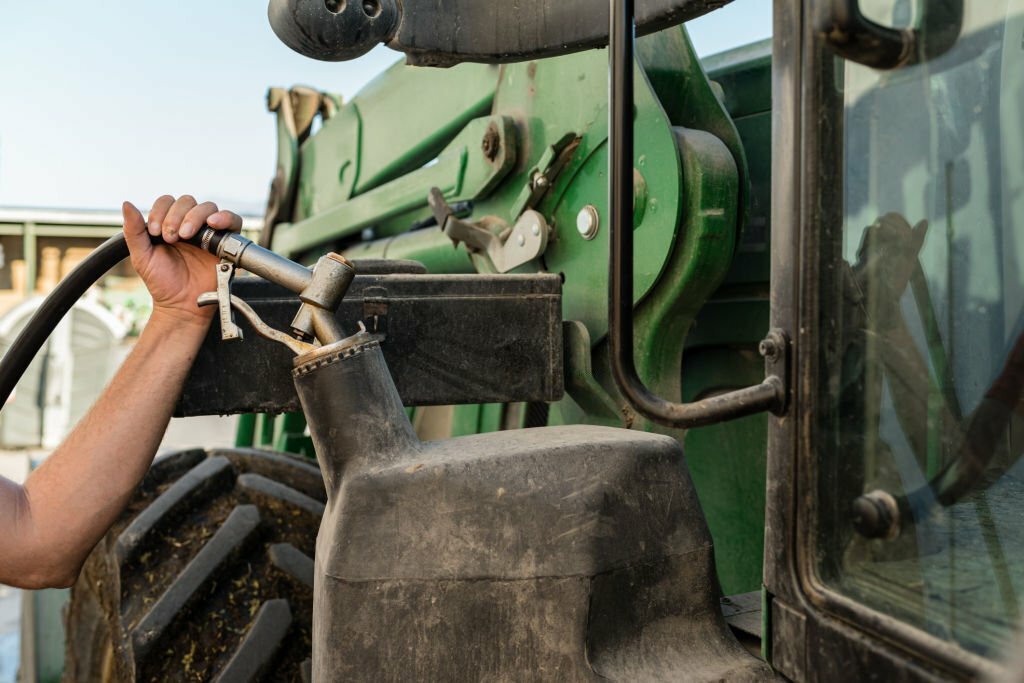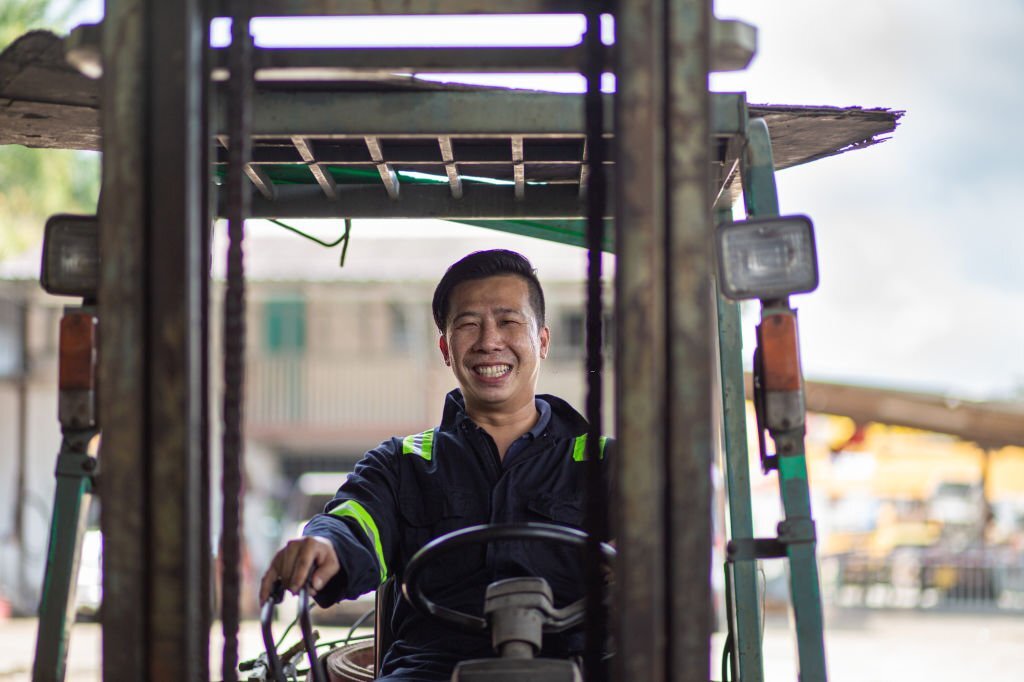In the dynamic landscape of construction, continuous technological innovations are propelling the industry to new heights of efficiency and sustainability. A remarkable transformation is underway in the design and functionality of modern construction equipment, spurred by a steadfast commitment to optimizing performance, prioritizing safety, and mitigating environmental impact. These innovations represent a proactive response to the challenges facing the construction sector, ushering in a new era where cutting-edge technology plays a central role in every aspect of the construction process. From the integration of smart machinery and advanced materials to the incorporation of sustainable practices, the industry is embracing a holistic approach. This commitment not only enhances the efficiency of construction projects but also underscores a collective responsibility to build a future where construction practices align with both the needs of the present and the imperative of environmental stewardship.

Smart Machinery:
The integration of smart technology into construction equipment design is a pivotal advancement, marked by the ubiquitous presence of sensors, GPS systems, and telematics. These innovations collectively usher in a new era where construction machinery operates with unprecedented precision and efficiency. The real-time data generated by these systems offers valuable insights into equipment usage patterns, fuel consumption rates, and imminent maintenance requirements. This not only revolutionizes project management by enabling informed decision-making but also plays a crucial role in preventive maintenance strategies. Proactively addressing maintenance needs based on real-time data minimizes downtime, ensuring uninterrupted project workflows. Moreover, this emphasis on preventive measures contributes significantly to the extended lifespan of construction machinery. In essence, the integration of smart technology represents a paradigm shift in construction equipment design, optimizing performance, enhancing project management, and promoting sustainability in the construction industry.
Fuel Efficiency and Sustainability:

With a heightened focus on environmental consciousness, construction equipment designers are at the forefront of adopting eco-friendly solutions. This shift is evident in the innovations within engine technology and the widespread adoption of alternative fuels, collectively working towards a substantial reduction in carbon footprints associated with construction activities. Beyond the realm of fuel, there is a concerted effort to incorporate sustainable materials into the construction equipment itself. This initiative not only addresses the immediate impact of machinery operation but also contributes to an overall greener industry. By aligning with global efforts to combat climate change, construction equipment designers are playing a vital role in shaping an environmentally responsible future for the industry—one where innovation and sustainability go hand in hand, fostering a harmonious coexistence between construction practices and the well-being of the planet.
Autonomous Construction Equipment:
The ascent of autonomous technology marks a profound revolution in the realm of construction sites. In a groundbreaking shift, self-driving bulldozers, excavators, and drones are seamlessly integrating into the fabric of construction projects, transforming the traditional landscape. These autonomous machines bring a heightened level of precision to construction tasks, guided by advanced algorithms and sensor technologies that navigate and operate with unparalleled accuracy.
One of the paramount advantages lies in the substantial enhancement of safety. By reducing human exposure to hazardous environments, autonomous machines contribute to a significant decrease in on-site accidents and injuries. The meticulous execution of tasks without direct human intervention ensures a safer working environment.
Moreover, the incorporation of autonomous technology optimizes workflows, streamlining construction processes with unparalleled efficiency. The synchronized and coordinated movements of these machines result in faster project completion times, meeting deadlines more reliably. The integration of autonomous technology isn’t merely a technological leap; it’s a transformative force redefining the construction landscape, fostering safer environments, improving precision, and ultimately accelerating the pace of project completion in the ever-evolving field of construction.
3D Printing in Equipment Manufacturing:
The dawn of 3D printing has ushered in a new era of possibilities within the realm of construction equipment manufacturing. This transformative technique goes beyond conventional methods, enabling the creation of intricate, customized parts with unprecedented efficiency while minimizing waste. The advantages of 3D printing extend far beyond the traditional manufacturing landscape, offering a paradigm shift in how construction equipment is conceptualized and produced.
The efficiency gains are striking—3D printing accelerates the production process significantly. This speed not only meets the demands of rapid manufacturing but also facilitates on-demand production, reducing lead times and enhancing overall project timelines. Furthermore, designers now have the freedom to explore and experiment with complex and lightweight designs that were once deemed impractical or even impossible.
The incorporation of 3D printing into construction equipment manufacturing is a testament to innovation at its finest. By pushing the boundaries of design possibilities, this technology not only improves the overall performance of equipment but also aligns with sustainable practices by minimizing material wastage. In essence, 3D printing is reshaping the landscape of construction equipment manufacturing, offering a glimpse into a future where precision, customization, and sustainability converge seamlessly.
Enhanced Operator Experience:

Advancements in human-machine interface (HMI) technology are transforming the operator’s experience. Ergonomically designed cabs with intuitive controls, augmented reality displays, and advanced communication systems contribute to improved operator comfort, efficiency, and safety. These enhancements are crucial for attracting and retaining skilled operators in the construction workforce.
In conclusion, the construction industry is undergoing a technological renaissance with innovations in equipment design. From smart machinery and sustainable materials to autonomous technology and 3D printing, these advancements are not only enhancing efficiency but also fostering a more sustainable and forward-looking construction landscape. Embracing these innovations is key to staying competitive and contributing to a brighter, more efficient future for construction.

